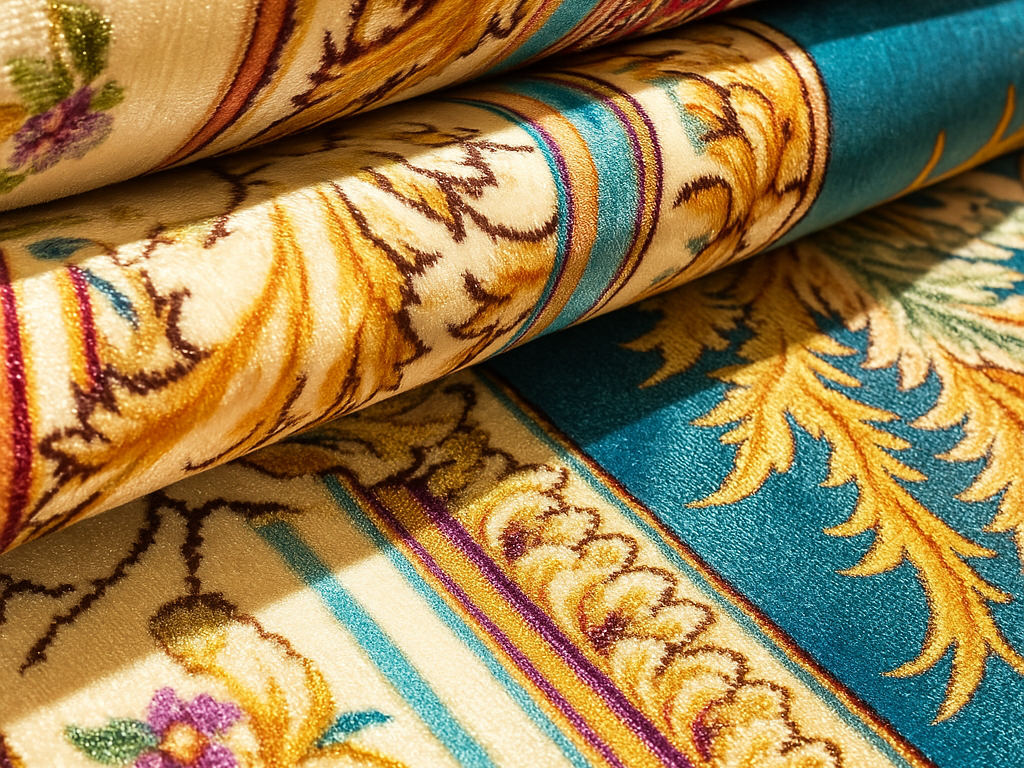L'élaboration d'un concept d'aménagement intérieur convaincant est essentielle pour traduire votre vision en un espace cohérent et fonctionnel. Qu'il s'agisse d'un designer professionnel ou d'un propriétaire qui entreprend des travaux de rénovation, un concept bien formulé sert de cadre d'orientation pour votre projet.
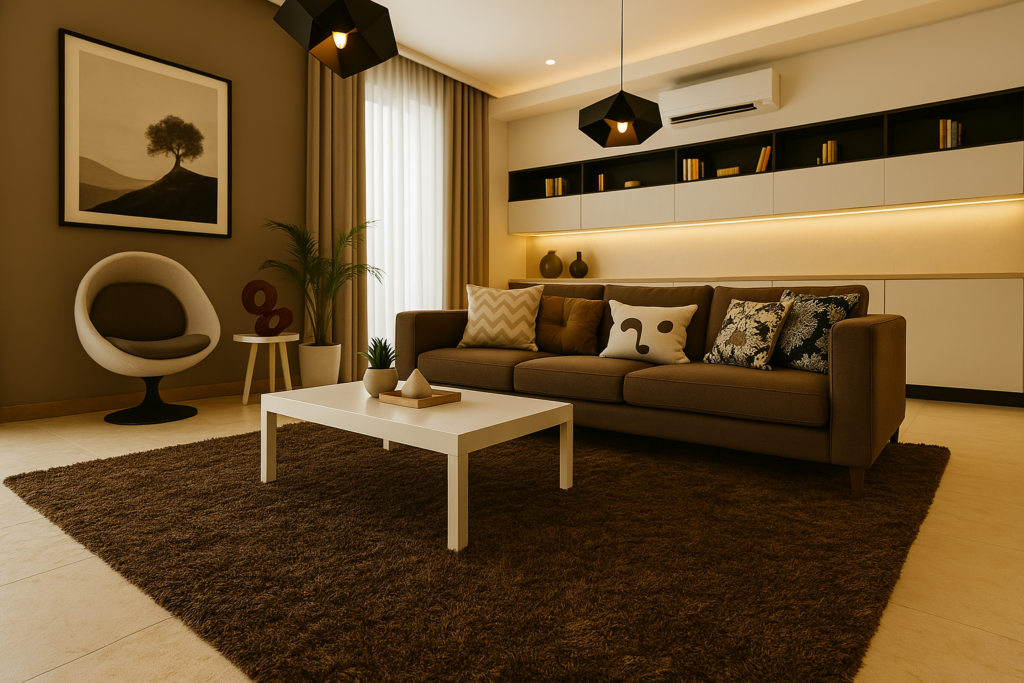
1. Qu'est-ce qu'une déclaration de concept d'architecture d'intérieur ?
Un concept d'aménagement intérieur est un texte concis qui décrit la vision globale, les objectifs et les principes directeurs d'un projet d'aménagement. Il sert de feuille de route, garantissant que toutes les décisions de conception s'alignent sur l'atmosphère, la fonctionnalité et l'esthétique prévues pour l'espace.
Caractéristiques principales :
- Un objectif à atteindre: Définit clairement les objectifs de la conception.
- Inspiration: Reflète l'ambiance et l'atmosphère souhaitées.
- Orienté vers les lignes directrices: Il sert de base à tous les choix de conception ultérieurs.
2. Pourquoi les déclarations de concept de design d'intérieur sont importantes
Un concept d'aménagement intérieur est plus qu'un simple exercice créatif : c'est un outil stratégique qui apporte clarté, orientation et cohésion tout au long du processus de conception. Que vous soyez un designer professionnel ou un propriétaire qui entreprend des travaux de rénovation, le fait de comprendre l'importance d'une déclaration de concept bien conçue peut transformer votre projet, qui n'est qu'une collection d'idées, en un espace cohérent et utile.
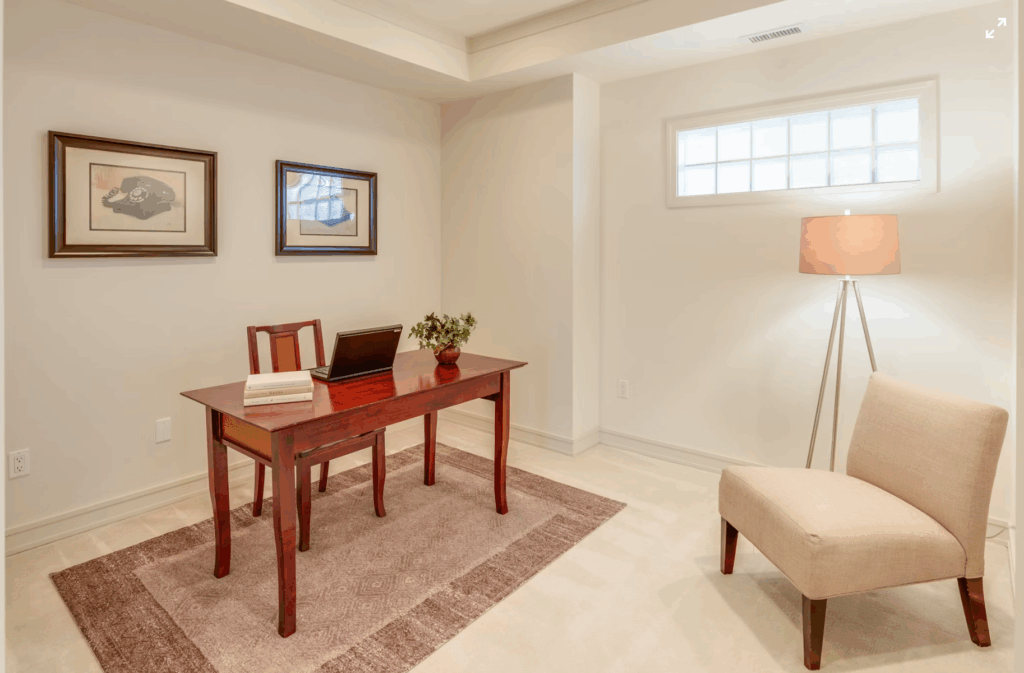
Établir une vision claire
Au cœur de tout projet d'aménagement intérieur réussi se trouve une vision claire et convaincante. Une déclaration de concept articule cette vision et sert de guide à toutes les décisions de conception. En définissant les objectifs généraux et l'atmosphère souhaitée pour l'espace, la déclaration de concept garantit que tous les éléments - qu'il s'agisse des palettes de couleurs, des choix de mobilier ou de l'agencement - s'alignent sur l'objectif et l'ambiance recherchés.
Améliorer la communication et la collaboration
L'architecture d'intérieur est une activité intrinsèquement collaborative, qui implique les clients, les concepteurs, les entrepreneurs et parfois d'autres parties prenantes. Une déclaration de concept bien formulée sert de point de référence commun, facilitant une communication claire et garantissant que tout le monde est en phase avec les objectifs du projet.
Rationalisation de la prise de décision
Les projets d'aménagement impliquent souvent de nombreuses décisions, depuis la sélection des matériaux et des finitions jusqu'à la détermination de la disposition des meubles. En l'absence d'un cadre d'orientation, ces décisions peuvent devenir écrasantes et incohérentes. Une déclaration de concept agit comme un filtre décisionnel, permettant aux concepteurs et aux clients d'évaluer si un choix particulier s'aligne sur la vision du projet.
Faciliter la résolution des problèmes
Les défis et les obstacles sont inévitables dans tout projet de conception. Qu'il s'agisse de contraintes spatiales, de limitations budgétaires ou de problèmes structurels imprévus, une déclaration de concept peut servir de base à la résolution créative des problèmes.
Renforcer la confiance des clients
Pour les clients, se lancer dans un projet d'aménagement intérieur peut représenter un investissement important en termes de temps, d'argent et d'énergie émotionnelle. Une déclaration de concept bien rédigée peut inspirer confiance, en démontrant que le concepteur a une approche réfléchie et organisée du projet.
Servir d'outil de marketing
Dans le domaine compétitif de l'architecture d'intérieur, il est essentiel de se distinguer. Une déclaration de concept convaincante peut servir d'outil de marketing puissant, mettant en valeur la créativité, l'expertise et la compréhension des besoins du client d'un designer.
Lorsqu'elle est incluse dans un portfolio, une proposition ou une présentation, une déclaration de concept bien formulée peut attirer des clients potentiels en démontrant une approche claire et innovante de la conception. Elle donne un aperçu de la vision et des capacités du concepteur, ce qui lui permet de se démarquer sur un marché encombré.
S'adapter à l'évolution des besoins
Bien qu'une déclaration conceptuelle fournisse un cadre fondamental, elle n'est pas gravée dans le marbre. Au fur et à mesure que les projets évoluent, de nouvelles idées et de nouveaux défis peuvent apparaître, nécessitant des ajustements au plan initial. Une déclaration de concept flexible permet ces adaptations tout en maintenant l'alignement sur les objectifs fondamentaux du projet.
3. Ce qu'il faut inclure dans une déclaration de concept d'architecture d'intérieur
L'élaboration d'un concept d'aménagement intérieur efficace exige plus qu'une simple vision créative : elle requiert une approche structurée qui englobe divers éléments afin de garantir la cohésion et la fonctionnalité de l'espace. En s'appuyant sur les normes du secteur et les avis d'experts, voici un aperçu complet de ce qu'il faut inclure :
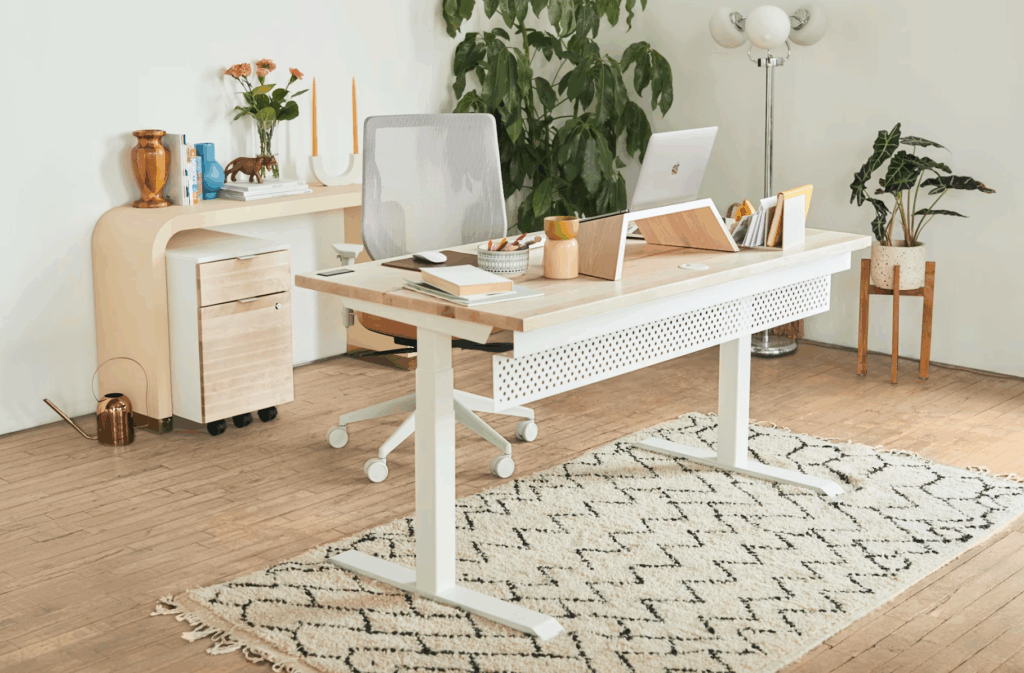
Aperçu du projet
Commencez par une description succincte du projet, en précisant sa portée, sa finalité et les objectifs du client. Cette section prépare le terrain pour le processus de conception et fournit un contexte pour les décisions qui suivront.
Buts et objectifs de la conception
Formuler clairement les principaux objectifs de la conception. Ceux-ci doivent correspondre aux besoins et aux aspirations du client et servir de base à toutes les décisions en matière de conception.
Public cible
Identifiez les principaux utilisateurs de l'espace et tenez compte de leurs besoins et préférences spécifiques. Cela permet de s'assurer que la conception est adaptée à ceux qui l'habiteront.
Style et esthétique
Définir le style général de la conception et l'orientation esthétique. Il s'agit notamment de préciser l'ambiance, l'atmosphère et les thèmes visuels qui guideront le projet.
Principaux éléments de conception
Mettez en évidence les éléments fondamentaux qui façonneront la conception. Il s'agit notamment des éléments suivants
- Palette de couleurs: Choisissez des couleurs qui reflètent l'ambiance souhaitée et qui sont cohérentes avec l'esthétique générale.
- Matériaux et textures: Choisir des matériaux qui correspondent aux objectifs et à l'esthétique de la conception.
- Mobilier et aménagement: Planifier la disposition des meubles pour faciliter la circulation et la fonctionnalité.
- Eclairage: Tenez compte de l'éclairage naturel et artificiel pour améliorer l'ambiance et la fonctionnalité.
- Motifs et accents: Incorporez des motifs et des éléments décoratifs qui renforcent le thème de la conception.
Considérations fonctionnelles
Aborder les aspects pratiques qui ont un impact sur la facilité d'utilisation de l'espace, tels que
- Aménagement du territoire: Assurer une utilisation efficace de l'espace pour répondre aux besoins du client.
Exemple: "Des zones désignées pour le travail, la détente et les repas afin de soutenir les activités quotidiennes.
- Solutions de stockage: Prévoir des espaces de rangement adéquats pour maintenir un environnement organisé.
Exemple: "Des étagères encastrées et des armoires dissimulées pour réduire l'encombrement."
- Accessibilité: Veiller à ce que la conception soit adaptée à tous les utilisateurs, y compris les personnes handicapées.
Exemple: "Des portes larges et un accès sans obstacle à toutes les zones.
- Durabilité: Intégrer des pratiques et des matériaux respectueux de l'environnement.
Exemple: "Utilisation d'appareils économes en énergie et de matériaux d'origine locale".
Impact émotionnel et sensoriel
Tenez compte de la façon dont la conception fera sentir les utilisateurs et des expériences sensorielles qu'elle leur procurera. Il s'agit notamment de
- Humeur: Le ton émotionnel donné par les éléments du design.
Exemple: "Un environnement apaisant et réparateur qui favorise le bien-être".
- Expériences sensorielles: La façon dont l'espace fait appel aux sens au-delà de la vue.
Exemple: "Des textures douces, des parfums naturels provenant de plantes d'intérieur et des sons ambiants provenant de jeux d'eau."
Pertinence culturelle et contextuelle
Veiller à ce que la conception respecte et reflète les aspects culturels et contextuels de l'espace, notamment :
- Culture locale: Incorporer des éléments qui entrent en résonance avec la culture et les traditions locales.
Exemple: "Incorporer des œuvres d'art et de l'artisanat locaux pour célébrer le patrimoine régional".
- Contexte architectural: Alignement de la conception sur le style architectural et l'histoire du bâtiment.
Exemple: "Préserver les caractéristiques architecturales d'origine tout en introduisant des éléments modernes".
Budget et calendrier
Décrire le budget estimé et le calendrier du projet afin de fournir un cadre réaliste pour le processus de conception.
Exemple: "Budget estimé à $50 000 avec un délai de réalisation du projet de 12 semaines.
Références visuelles et inspirations
Fournir des aides visuelles, telles que des planches d'ambiance ou des images de référence, pour illustrer l'orientation de la conception et inspirer les parties prenantes.
Exemple: "Tableau d'humeur présentant des intérieurs scandinaves, des jardins zen japonais et des matériaux naturels."
4. Comment rédiger une déclaration de concept d'architecture d'intérieur
L'élaboration d'un concept d'aménagement intérieur efficace est une étape cruciale pour traduire votre vision en un espace cohérent et fonctionnel. Cet énoncé sert de plan directeur, orientant les décisions de conception et garantissant l'alignement sur les objectifs du projet. Voici un guide étape par étape pour vous aider à rédiger une déclaration de concept d'aménagement intérieur convaincante.
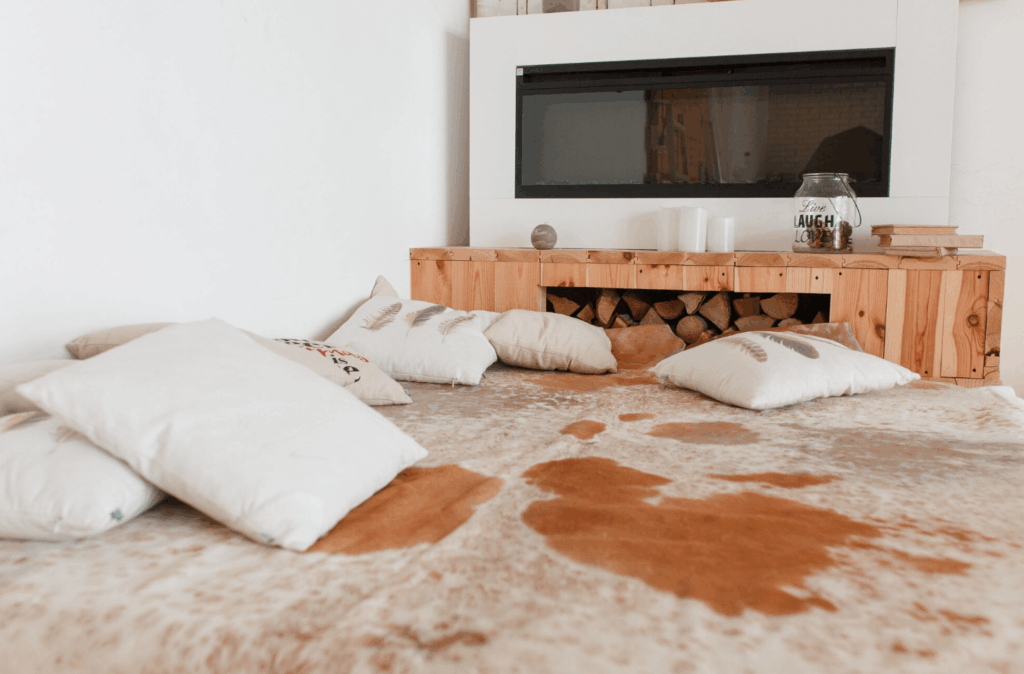
Étape 1 : Comprendre l'objectif et la portée du projet
Avant de rédiger votre déclaration de concept, il est essentiel d'avoir une compréhension globale du projet. Cela implique
- Consultation des clients: S'engager avec le client pour comprendre ses besoins, ses préférences et ses exigences en matière de mode de vie.
- Analyse de l'espace: Évaluer les caractéristiques physiques de l'espace, y compris la taille, la disposition, la lumière naturelle et les éléments existants.
- Budget et calendrier: Établir les contraintes financières et temporelles pour garantir la faisabilité.
Par exemple, si l'on conçoit un bureau à domicile pour un travailleur à distance, l'objectif peut être de créer un environnement productif mais confortable qui minimise les distractions.
Étape 2 : Définir les objectifs de la conception
Formulez clairement les objectifs que vous souhaitez atteindre grâce à la conception. Ces objectifs doivent être spécifiques, mesurables et alignés sur les besoins du client. En voici quelques exemples :
- Améliorer la lumière naturelle: Maximiser la lumière du jour pour créer une atmosphère lumineuse et aérée.
- Optimiser l'utilisation de l'espace: Mise en œuvre d'aménagements permettant une utilisation efficace de l'espace disponible.
- Incorporation de matériaux durables: Utilisation de matériaux respectueux de l'environnement pour promouvoir la durabilité.
Ces objectifs fournissent un cadre pour la prise de décision tout au long du processus de conception.
Étape 3 : Identifier le public cible
Il est essentiel de comprendre qui utilisera l'espace pour adapter la conception à ses besoins. Tenez compte de facteurs tels que
- Données démographiques: Âge, profession, mode de vie et préférences.
- Exigences fonctionnelles: Les besoins spécifiques tels que les solutions de stockage, l'accessibilité ou l'intégration technologique.
- Impact émotionnel: Sentiments souhaités que l'espace doit évoquer, tels que la tranquillité, l'inspiration ou l'énergie.
Par exemple, la conception d'une salle de jeux pour enfants donnera la priorité à la sécurité, à la durabilité et à une esthétique stimulante.
Étape 4 : Déterminer le style et l'esthétique de la conception
Décidez du style général et de l'orientation esthétique de l'espace. Cela englobe
- Style de conception: Moderne, traditionnel, minimaliste, industriel, etc.
- Palette de couleurs: Les couleurs primaires et les couleurs d'accentuation qui créent l'ambiance.
- Matériaux et textures: Des choix qui contribuent à l'expérience tactile et visuelle.
- Eclairage: Stratégies d'éclairage naturel et artificiel pour améliorer l'ambiance.
Par exemple, un design moderne peut se caractériser par des lignes épurées, des tons neutres et des matériaux élégants, tandis qu'un design rustique peut incorporer des couleurs terreuses, du bois naturel et des tissus texturés.
Étape 5 : Définir les éléments clés de la conception
Mettez en évidence les éléments fondamentaux qui donneront vie au projet. Il s'agit notamment des éléments suivants
- Sélection de meubles: Des pièces qui s'alignent sur le style et la fonction de l'espace.
- Aménagement et planification de l'espace: Dispositions qui facilitent la circulation et l'utilisation.
- Accents décoratifs: Les objets tels que les œuvres d'art, tapisIl est également possible d'utiliser des plantes qui ajoutent de la personnalité et de la chaleur à l'environnement.
- Intégration de la technologie: Fonctionnalités domestiques intelligentes ou installations multimédias qui améliorent la commodité.
Chaque élément doit soutenir les objectifs généraux de la conception et contribuer à l'atmosphère souhaitée.
Étape 6 : Prise en compte des considérations fonctionnelles
Veiller à ce que la conception réponde aux exigences pratiques en tenant compte des éléments suivants
- Aménagement de l'espace: Utilisation efficace de l'espace pour faciliter les activités et les mouvements.
- Solutions de stockage: Incorporer des rangements adéquats pour maintenir l'organisation.
- Accessibilité: Concevoir pour faciliter l'utilisation par tous les individus, y compris les personnes handicapées.
- Maintenance: Sélection de matériaux et de finitions durables et faciles à entretenir.
Ces considérations garantissent que l'espace est non seulement esthétique, mais aussi fonctionnel et convivial.
Rédiger la déclaration de principe
À l'aide de toutes les informations recueillies, rédigez une déclaration de concept concise et convaincante. Cette déclaration doit
- Résumer la vision: Saisissez l'essence du dessin ou modèle en quelques phrases.
- Intégrer les éléments clés: Mentionner les principaux objectifs, le style et les éléments de la conception.
- Refléter les besoins du client: Veiller à ce que la déclaration corresponde aux souhaits et aux exigences du client.
Réviser et affiner
Après avoir rédigé la déclaration de concept, vérifiez qu'elle est claire, cohérente et conforme aux objectifs du projet. Demandez l'avis des parties prenantes et apportez les modifications nécessaires pour vous assurer que la déclaration représente bien la vision de la conception.
5. Conclusion
Une déclaration de concept d'aménagement intérieur est plus qu'un simple paragraphe descriptif ; c'est un outil stratégique qui guide le processus de conception. En élaborant cette déclaration de manière réfléchie, vous posez les bases d'un espace qui n'est pas seulement esthétique, mais aussi fonctionnel et conforme à l'objectif visé.
Ainsi, lorsque vous rédigez votre déclaration de concept, réfléchissez à la manière dont les tapis peuvent soutenir la vision que vous exposez : Il s'agit peut-être d'un tapis en peluche. tapis en laine qui fait écho à votre minimalisme luxueux ; peut-être s'agit-il d'un tissage plat géométrique audacieux qui sert de base à un plan ouvert ; ou peut-être s'agit-il d'une tapis en fibres naturelles qui renforce votre engagement en faveur de la durabilité. Quel que soit votre choix, faites en sorte qu'il fasse partie intégrante du récit que vous écrivez, et qu'il ne s'agisse pas d'une réflexion a posteriori.
6. FAQ
Q1 : Quelle doit être la longueur d'un concept d'aménagement intérieur ?
A1 : Visez un texte de 150 à 300 mots. Il doit être concis mais complet.
Q2 : Puis-je modifier l'énoncé du concept en cours de projet ?
R2 : Oui, il est naturel que le concept évolue. Cependant, tout changement doit être délibéré et bien réfléchi.
Q3 : La déclaration de principe doit-elle inclure un budget ?
R3 : Bien que cela ne soit pas obligatoire, l'inclusion de considérations budgétaires peut aider à aligner les choix de conception sur les contraintes financières.
Q4 : Une déclaration de concept est-elle nécessaire pour chaque projet ?
A4 : Bien qu'elle ne soit pas légalement obligatoire, une déclaration conceptuelle est très utile pour garantir la clarté et l'orientation du projet.
Q5 : Une déclaration de concept peut-elle être utilisée pour des projets résidentiels et commerciaux ?
R5 : Oui, les principes d'une déclaration de concept s'appliquent aux deux types de projets, même si le contenu peut varier en fonction des besoins spécifiques du projet.

